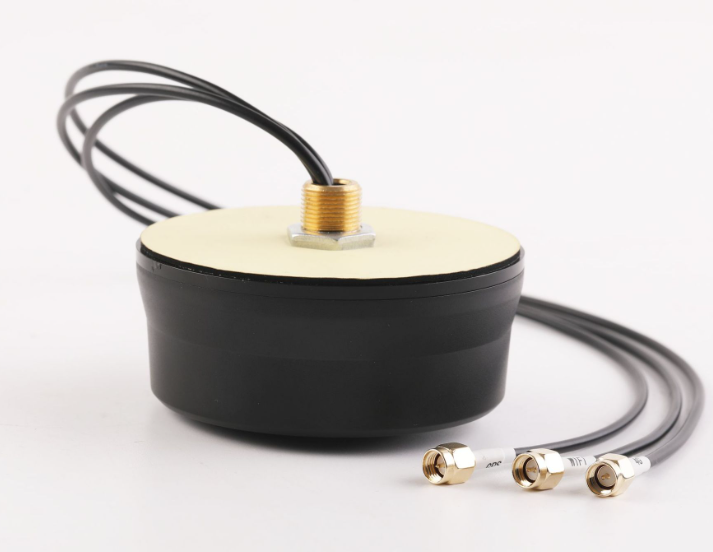Gps antenna parameters
With the wide application of Global Positioning system (GPS) technology, the performance parameters of GPS antenna, as the key equipment to receive GPS signals, have been paid more and more attention. The selection of GPS antenna parameters has an important impact on the positioning accuracy, stability and service life of GPS equipment. This paper will introduce the parameters of GPS antenna in detail to help readers better understand the performance characteristics of GPS antenna.

Overview of GPS Antenna
GPS antenna is an important part of GPS receiving equipment, which is mainly responsible for receiving GPS satellite signals in the sky. Its performance directly affects the positioning accuracy and stability of GPS equipment. A good GPS antenna should have the characteristics of high sensitivity, strong anti-jamming ability, good stability and so on.
Detailed explanation of GPS Antenna parameters
1. Frequency range
The frequency range refers to the signal frequency range that can be received by the GPS antenna. Because the signal frequency transmitted by the GPS satellite is fixed, when selecting the GPS antenna, it is necessary to ensure that its frequency range covers the signal frequency of the GPS satellite. The common GPS antenna frequency range is L1 (1575.42MHz), L2 (1227.6MHz) and so on.
2. Gain
The gain refers to the ability of the GPS antenna to receive the signal strength. The higher the gain, the stronger the signal received by the antenna, and the higher the positioning accuracy. The gain is usually expressed in decibels (dB). When selecting the GPS antenna, the appropriate gain should be selected according to the environment and requirements.
3. Polarization mode
There are mainly two polarization modes of GPS antenna: linear polarization and circular polarization. The receiving ability of linear polarization antenna is strong, but when it encounters signal offset, it may affect the reception effect, while circular polarization antenna can receive signals in any direction and has better adaptability. It is very important to choose the appropriate polarization mode according to the use environment and requirements.
4. Axis ratio (Axial Ratio)
The axis ratio refers to the ratio of the maximum radiation direction to the minimum radiation direction of the circularly polarized antenna when receiving the signal. The smaller the axis ratio is, the better the circular polarization performance of the antenna is. When selecting the circularly polarized GPS antenna, the axis ratio is an important parameter.
5. Impedance matching
Impedance matching refers to the matching degree between the input impedance of the GPS antenna and the output impedance of the signal source. Good impedance matching can ensure the effective transmission of the signal and improve the receiving efficiency of the antenna. The common impedance of the GPS antenna is 50 Ω.
6. Noise figure (Noise Figure)
The noise figure indicates the ability of the GPS antenna to suppress the noise in the signal. The smaller the noise figure is, the stronger the anti-jamming ability of the antenna is and the higher the positioning accuracy is. When choosing the GPS antenna, the products with lower noise figure should be selected as far as possible.
7. Stability
Stability refers to the stable performance of the GPS antenna when it receives the signal. The stable GPS antenna can ensure the accurate signal received in the complex environment and improve the positioning accuracy. When selecting the GPS antenna, we should consider its stability in different temperature, humidity and other environments.
8. Size and weight
Size and weight are the practical factors to be considered in the selection of GPS antennas. According to the use requirements and environment, select the appropriate size and weight for installation and use.
In this paper, the parameters of GPS antenna are introduced in detail, including frequency range, gain, polarization mode, axis ratio, impedance matching, noise figure, stability, size and weight, etc. These parameters are of great significance for selecting suitable GPS antennas. In practical application, appropriate GPS antennas should be selected according to the environment and requirements to ensure the best positioning effect and stability. Readers can have a more in-depth understanding of the GPS antenna parameters and provide a reference for the selection and use of GPS equipment.





